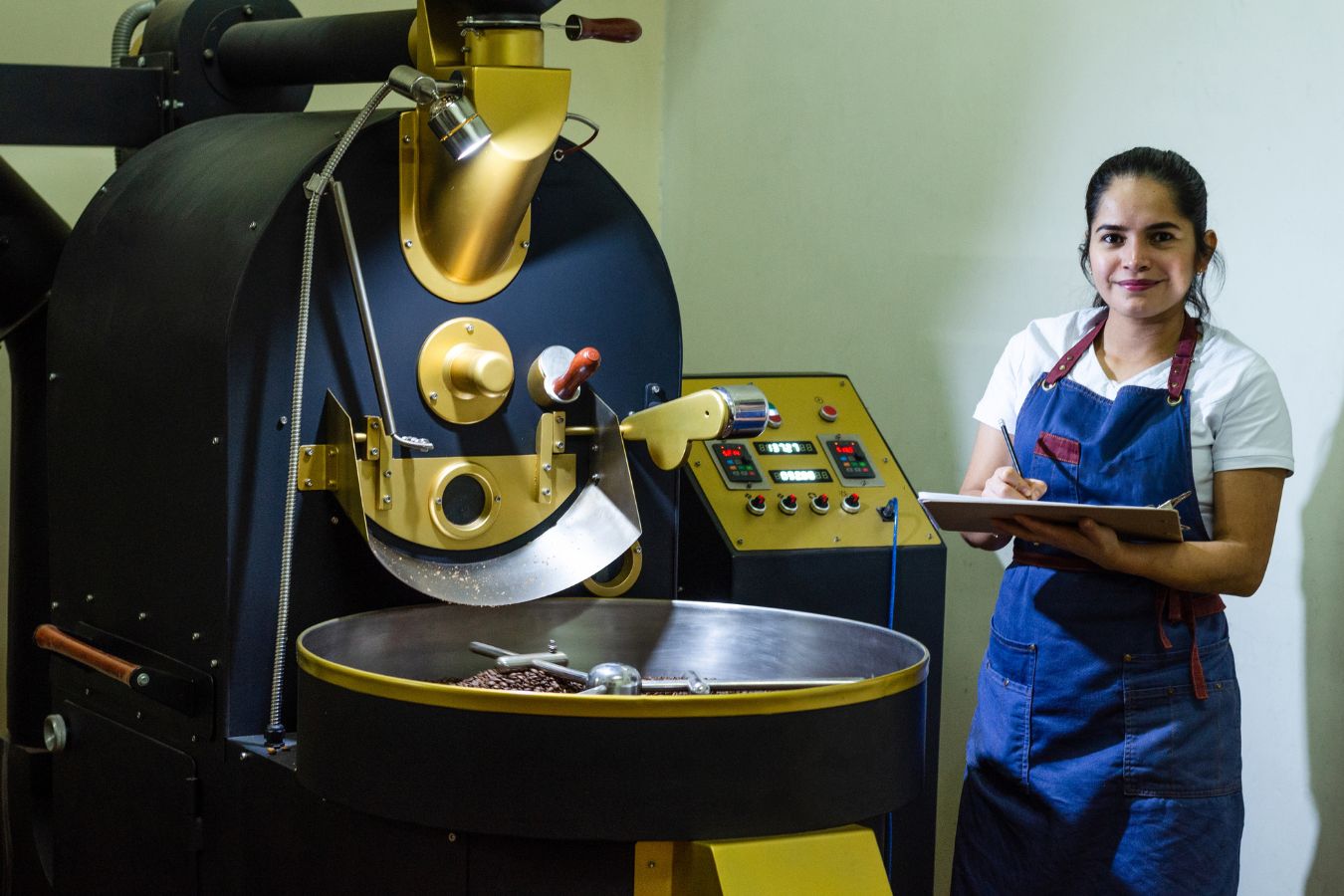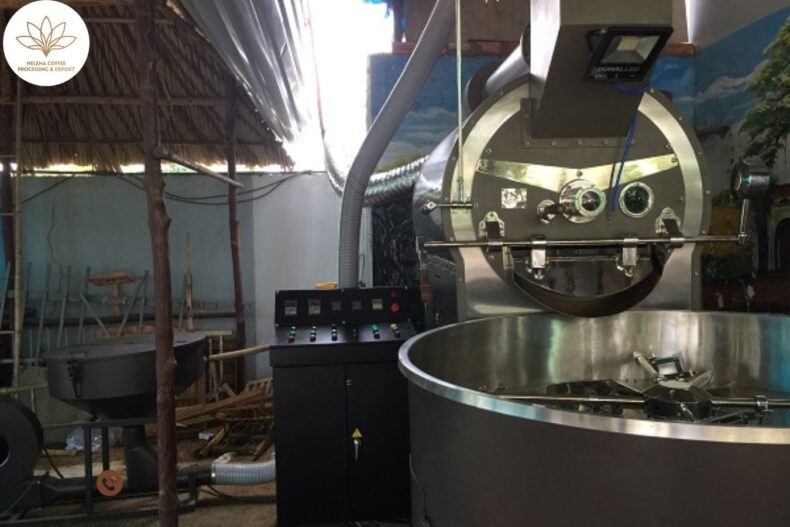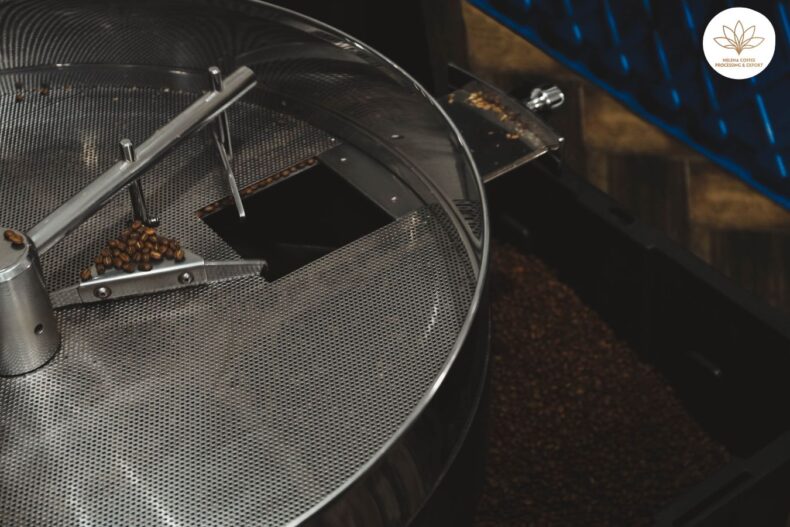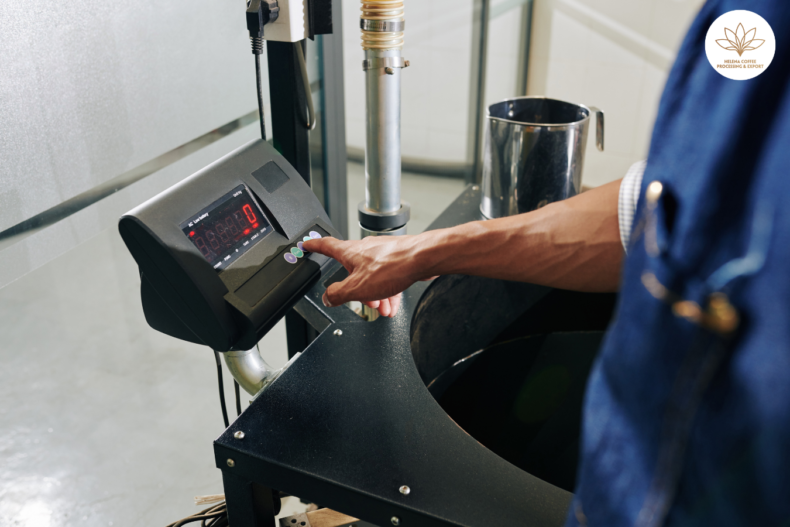
Important: Choose the right coffee roasting machine
We are often unaware of the details we need to consider before buying a new roaster.
Neil Maree, a roaster at Genio Roasters, Johannesburg, South Africa. Neil says that at Genio, customers often make false claims about machine capacity. Or they ask about the prices of all kinds of roasters. And Neil also shared that this indicates a lack of knowledge and understanding of the market and the sales ability of those guests.
People often look for large capacity machines to ensure that they can expand their business in the future. However, it is not that simple. Many people think they need a big roaster to profit more. However, roasting 5,000kg of coffee does not mean you can sell 5,000 kilograms. Let’s start by selling 1kg, 100kg, then 500kg.
Roasters looking for a large capacity machine, and those looking for a small capacity machine are also making some mistakes.
Some people think they can roast 1kg of coffee and start a business there. However, it will take 15 minutes to burn a batch of coffee with a machine with a capacity of 1kg. And can be sold for 30 USD (about 690,000 VND).
To make enough profit, you will have to be behind that machine all day as a business owner. This leaves you with no time to sell coffee. You can’t make money just roasting coffee. It would help if you had a specific business plan.

Types of capacity of coffee roasting
HocaGroup has divided coffee roasters into six main types with different capacities. Sample roaster, small-batch, small, medium, large, and extra-large commercial roasters.
Sample coffee roaster: 50g – 500g
As the name suggests, the primary purpose of this machine is to evaluate specific coffee samples before a customer signs a contract to buy in bulk.
You can find exclusive and high-quality coffees roasted in small batches using a sample roaster. So this type of machine is not only suitable for those who want to start burning on a large scale.
There is also a lot of overlap between craft roasting and sample roasting in this range. Therefore, many home roasters will naturally roast at low capacity.
Small batch coffee roasters (Small batch roaster): 1kg-3kg
After sample roasting, the next step to roasting coffee on any commercial scale is small-batch roasting. These batches are usually from 1kg – to 3kg. Small batch roasters are great for roasting larger sample batches of coffee. And also suitable for determining the proper roast profile for a new coffee.
This is an excellent choice for small roasters. As well as successful coffee shops looking to roast their beans. Most coffee shops don’t sell more than 10kg of coffee in a day. But even if they could, a small batch roaster would still be able to deliver that amount of coffee in a matter of hours.
For a coffee shop or a small coffee business, this would be a good “friend” to start with. Start small and have a precise comb about how much coffee to roast. From there, you can build a steady stream of wholesale customers without the risk of a more expensive roaster.
Small batch roasters work just as well as larger roasters. Many people will always keep a machine this size to identify new roasting profiles because they won’t need to waste enormous amounts of fresh green coffee. These roasting profiles can then be transferred to larger commercial machines to begin roasting on a large scale.
However, it’s important to note that the consistency will decrease as you start roasting more batches. For example, roasting 600 batches in a 1kg machine will leave more errors than roasting 100 batches on a 6kg machine. Remember that inconsistency can affect customer retention.
Small commercial coffee roaster (Small commercial roaster): 5kg-15kg
Small commercial roasters typically start at around 5kg. This type of machine is more suitable for those looking to roast coffee on a larger scale. Or coffee shops that want to diversify.
A roaster with a capacity of 6kg can roast up to 2 tons of coffee a month. Despite pursuing this potential output, smaller capacity machines can still be used flexibly to roast tiny batches to define roast profiles.
However, it would help if you didn’t roast your machine’s maximum weekly or monthly output.
Roasting two tons of coffee on a 6kg machine is like driving 5,000 miles a month. That is certainly possible. But it would help if you had a mechanic regularly perform maintenance for that vehicle.
A small commercial roaster is a substantial investment. But for many growing roasters, this doesn’t seem to be the case. A roasting machine with a large capacity will probably be “bigger” than their business needs.
And one last thing, even if you can roast 2 tons of coffee per month, you still need to think about another problem. That is, who are you going to sell this coffee to?
Medium commercial roaster: 15- 30kg
Medium-sized commercial roasters are best suited for businesses that already have a steady stream of customers. Many successful roasters will find this the giant machine they need.
Some roasters feel fine reselling their existing machines for a more expensive one. But, don’t do that. Let’s say you have a roaster with a capacity of 6kg and you want to buy a larger roaster.
The advice HocaGroup wants to give you is not to sell. Because the machine you don’t use will become your backup plan, appliances can break down at any time, whether new or old. The absence of devices can be a disaster, especially for businesses that already have a stable customer base.
Large Commercial Roaster: 30kg- 70kg (roasted coffee beans)
Machines with a capacity of 15kg – 30kg are suitable when you have a stable customer base. As for the large commercial roaster, it will be essential to operate on a large commercial scale.
However, there can be unforeseen costs with purchasing a larger roaster. We often won’t have a proper gas supply or ventilation system with these large machines. You will need to consider this issue first.
In addition to the ventilation and gas supply system, you also need to have the exact dimensions of the production space. Many roasters started their businesses on a small scale and gradually expanded. As a result, their facility can usually only fit a few small machines.
Extra-large commercial roaster: 70kg or more
Extra-large commercial roasters are commonly used for mass roasting coffee. Instead of speciality coffee or high-quality coffee. Furthermore, this machine is used to deliver consistent, distinctive flavours on a large scale instead of different batches of single-origin coffee. Operating a device of this size would require a professional team.
You also need to consider physical space constraints before installation, as with other power machines. Large commercial roasters are often found in facilities with large production spaces because they require an ample margin of 50-60 square meters and often weigh over 2 tons.
Some things need to know when choosing a coffee roofing machine
Machine cleaning and maintenance
As well as floor space, ventilation, and gas supply, you also need to consider machine maintenance. Suppose you are looking to change to a larger one. Large-capacity roasters require a lot of effort to clean and maintain because they are very complicated.
Change roasting profile when changing machine capacity
Changing machine capacity will also affect some of the identified roast profiles. Although these existing roasting profiles can still be used as a base. But the machines with different capabilities will work differently during the roasting process.

Be prepared for adjustment and change. You cannot copy roasting profiles from one machine to another. Although nowadays, roaster manufacturers have put a lot of effort into making that easier.
The coffee roaster must be of good quality (beans roasts)
The time required to obtain a specific roasting profile does not vary with machine capacity. Machines should not determine your roasting technique. The flavour characteristics of the coffee should evaluate. And, of course, your device must also be able to achieve these results.

A coffee bean will be roasted to the desired level within 12 minutes. And your roaster must be able to reach the target temperature at the right time, regardless of the machine’s capacity.
There are many types of machines with different capacities for you to choose from, whether you are considering roasting coffee at your coffee shop or looking to expand the power of your existing roaster.
Choosing a roaster is not as simple as figuring out how much coffee you can roast with it. Before investing in a new roaster, ask yourself a few questions. What are your goals in this business? Do you have a good market for the volume of coffee you intend to roast?
Coffee bean roaster
Raw coffee beans are placed in loaders, which are subsequently placed in a revolving drum. The drum is pre-heated to roughly 240 degrees Fahrenheit. The roasted beans depart the drum at roughly 195 degrees after 12-15 minutes, depending on the kind of roast, and are then placed out into a cooling tray at the front of the roaster.
They’re then run through a machine to remove any stones or debris before being hand-inspected for flaws and ultimately packaged for sale once they’ve cooled fully.
For a more in-depth look, continue reading.
Related posts:


